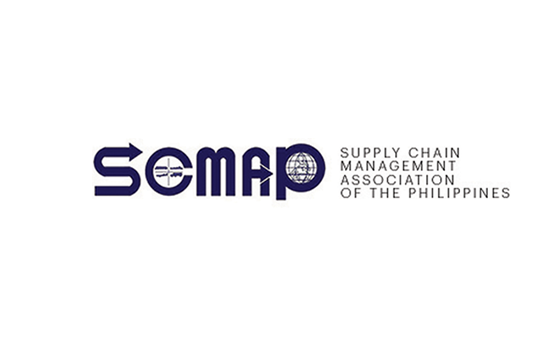We have been talking a great deal about digitalization in the supply chain over the past few years. Many conferences, webinars and reports have been devoted to the issue, more so in the past few months, when the need for digitalization was really driven home by the pandemic. These include a whitepaper recently developed by consultancy firm YCP Solidiance, alongside SCMAP, with the inputs of key players in logistics. (You can download the paper at ycpsolidiance.com.)
At times it may seem like we’re all just repeating ourselves when it comes to this topic. Yes, we need to digitalize both to improve efficiencies and supply levels, and in response to changing customer demands. That has been reiterated over and over again. But we seem to be missing the fact that as time goes by, we have a lot more catching up to do. This is not to say that there have been absolutely no efforts on this front: there are, but these have taken longer than desired, and have been scattered for the most part. Still, these delays mean the Philippines may not have much of an advantage as the global economy in general moves forward in a post-pandemic scenario, and as our neighbors in the ASEAN prepare for the Regional Comprehensive Economic Partnership (RCEP), a massive free trade deal between the region and its major trading partners.
The YCP Solidiance whitepaper notes that other regional efforts to digitalize logistics—notably Singapore, Indonesia and Thailand adopting the blockchain-powered trading platform TradeLens—does not just improve coordination among various stakeholders, but also decreases costs and can even increase the amount of trade.
Here, however, our logistics systems have mostly remained analog. Warehouse management and demand planning are more digital now than other aspects, but this is because these are handled almost exclusively by the private sector. In aspects where policy plays a bigger role, like transport and customer service, progress has been slower. I imagine that while stakeholders would want to get a leg up, the regulatory hurdles to initiatives to further enable, say, digital payments or paperless requirements are holding us back.
Again, there are many efforts ongoing, which have been accelerated by the COVID-19 crisis. The Bureau of Customs, for one, is full steam ahead on its modernization program, even recently being granted a loan by the World Bank to ensure this. The government is also reconfiguring its industry roadmaps in response to the faster pace of digitalization, especially with e-commerce and online wallets becoming palatable to more Filipinos. But more has to be done if we’re to be able to just keep up with our neighbors; even more, if we want to gain an advantage.
Over the past few years we’ve also talked a lot about the need for further collaboration between the public and private sectors, if we’re to truly unlock the potential of our economy, with the supply chain sector acting as its backbone and lifeblood. Apart from regular industry consultations, there are more tangible results: take how PayMaya is providing its expertise to allow government agencies to accept cashless payments.
Pathways toward Digitalization
YCP Solidiance suggests three possible paths to accelerate digitalization. One is participation, arguably the easiest way in. Another is partnerships, leveraging on the increase of tech-savvy logistics companies; this is picking up pace in the private sector, as acquisitions and investments become the name of the game (at least until the pandemic).
The last is procurement, which means hiring expertise and investing in systems and processes. This is something the government is best positioned to do, especially as it is obligated to cover the whole country, as opposed to the private sector which will still has profitability as its main motive. Of course, the pace of bureaucracy and never-ending perceptions of corruption get in the way. The government can also be pretty rigid and slow to respond, as evidenced by how it hasn’t fully addressed the economic impact of the pandemic. It’s not exactly encouraging to have these qualities in an arena where “agile” and “resilient” are buzzwords.
Here’s something I’m sure you’ve also heard over and over again: we have a lot of work to do if we’re to keep up with the pace of change in the global economy, with what our customers want, and with what our neighbors are able to do. If we’re to stay competitive, we should not be left behind, and it feels more urgent now that the RCEP is in play. The clock never stops. Tick-tock, tick-tock…
Henrik Batallones is the marketing and communications director of SCMAP, and editor-in-chief of its official publication, Supply Chain Philippines. More information about SCMAP is available at scmap.org.





